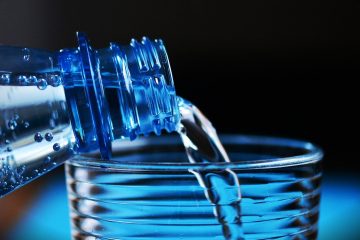What is hydroponic farming?
Hydroponics refers to an innovative method of growing plants without soil, which is being used progressively more in agriculture to fulfil the demand for an increase in food production due to a rapidly growing population.
The techniques involve suspending plants above a nutrient-rich water solution, so only the roots (or some of them) are submerged. The plants may be supported by an inert medium such as clay pellets or rock wool. Without the need for soil, crops can be grown indoors all year round, and in different environments including urban areas with the use of vertical farming.
The global market for Hydroponics
Market research predicts that the hydroponics system industry will reach $16 billion by 2025, with companies all over the world utilising this technology. Among many other environmental and economic benefits, the method also allows complete control over the growth environment. Tailoring this to the crops exact requirements means the yield can be maximised. To allow for the most efficient growth, various properties need to be measured and adjusted regularly; one of the most important properties is the pH.
Why is pH important?
Soil has a good capacity for buffering (the ability to maintain a constant pH), so the pH will remain at acceptable levels, even if the water it contains is not ideal. Without soil to act as a buffer, large fluctuations can occur within hydroponic systems, and so pH measurements are critical.
The pH of a solution will determine the solubility of nutrients, and the form they take. Plants can only absorb nutrients that are dissolved and in certain forms. The solution may contain all the necessary nutrients, however a pH that is too high or low can prevent any uptake. The ideal pH of the nutrient solution for hydroponic crops is usually around 5.5-6.0. This can be controlled with acid or base injectors.
As pH is an indicator of the nutrient availability, the measurement can therefore be useful for the early identification of deficiencies (which can then be corrected before crops become permanently damaged).
As the plants grow, consuming nutrients and changing their concentrations, the pH of the water will fluctuate due to the low buffering capabilities of these systems. Therefore, the pH needs to be continuously monitored and kept at the correct level, to ensure the plants are able to absorb the essential nutrients for growth. Current pH sensors require frequent calibration, so monitoring the pH can be a very time intensive process. A pH sensor that can work over longer periods of time, without constant need for recalibration, will help to improve the efficiency of this.


